The Pentagon tested a loitering munition, more commonly referred to as a suicide drone, last year that will arrive over its designated target area at hypersonic speeds. It has since turned the project over to the U.S. Army for further development. Additional details about the program, dubbed Vintage Racer, have now emerged in an official picture showing Secretary of the Army Ryan McCarthy discussing it, as well as other advanced weapon systems.
Steve Trimble, Aviation Week‘s Defense Editor and a good friend of The War Zone, first reported on the new details about Vintage Racer after spotting the picture of McCarthy at Association of the U.S. Army’s (AUSA) top annual conference and exhibition in Washington, D.C. last year. The picture was taken on Oct. 14, 2019. The program itself dates back to at least the 2017 Fiscal Year, according to Pentagon budget documents, with the Office of the Secretary of Defense receiving $2.5 million in the 2017 Fiscal Year and another $1.2 million in the 2018 Fiscal Year for the project.
“Vintage Racer matured an advanced capability to prosecute targets of interest,” a brief note about the project in the Pentagon’s 2021 Budget Request says about the program. “The project successfully validated aerodynamic design with wind tunnel testing and integrated a guidance subsystem for targeted kinetic effects before culminating in a FY 2019 flight test. Documentation and prototype technologies transitioned to the U.S. Army for additional development and follow-on acquisition activities.”
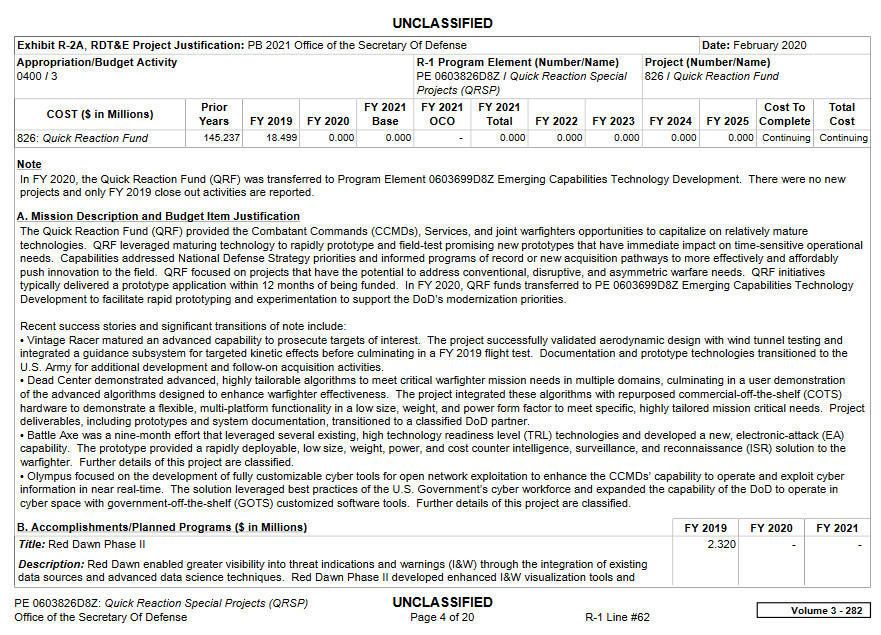
Other budget documents say that there were originally plans for a flight demonstration in the 2018 Fiscal Year. This schedule appears to have gotten pushed back a year for unknown reasons. In addition, the 2019 Fiscal Year ended on Sept. 30, 2019, meaning that it is possible that the Army may have taken ownership of the project by the time McCarthy got the information about it at the AUSA event in Washington.


The picture of the Army Secretary at that event shows him standing in front of a small table talking with other individuals with a print out of a Vintage Racer briefing slide in front of him. A small model of the Common Hypersonic Glide Body (C-HGB) hypersonic boost-glide vehicle, which the service is developing as the warhead for its ground-launched Long Range Hypersonic Weapon (LRHW) together with the U.S. Navy, as well as a kinetic projectile similar to those fired from electromagnetic railguns, such as the one the Army has been experimenting with in recent years, are also seen. A number of metal objects with holes burned in them, including what appears to be a section of a barrel from a 155mm howitzer, possibly from a laser directed energy weapon, are also present.
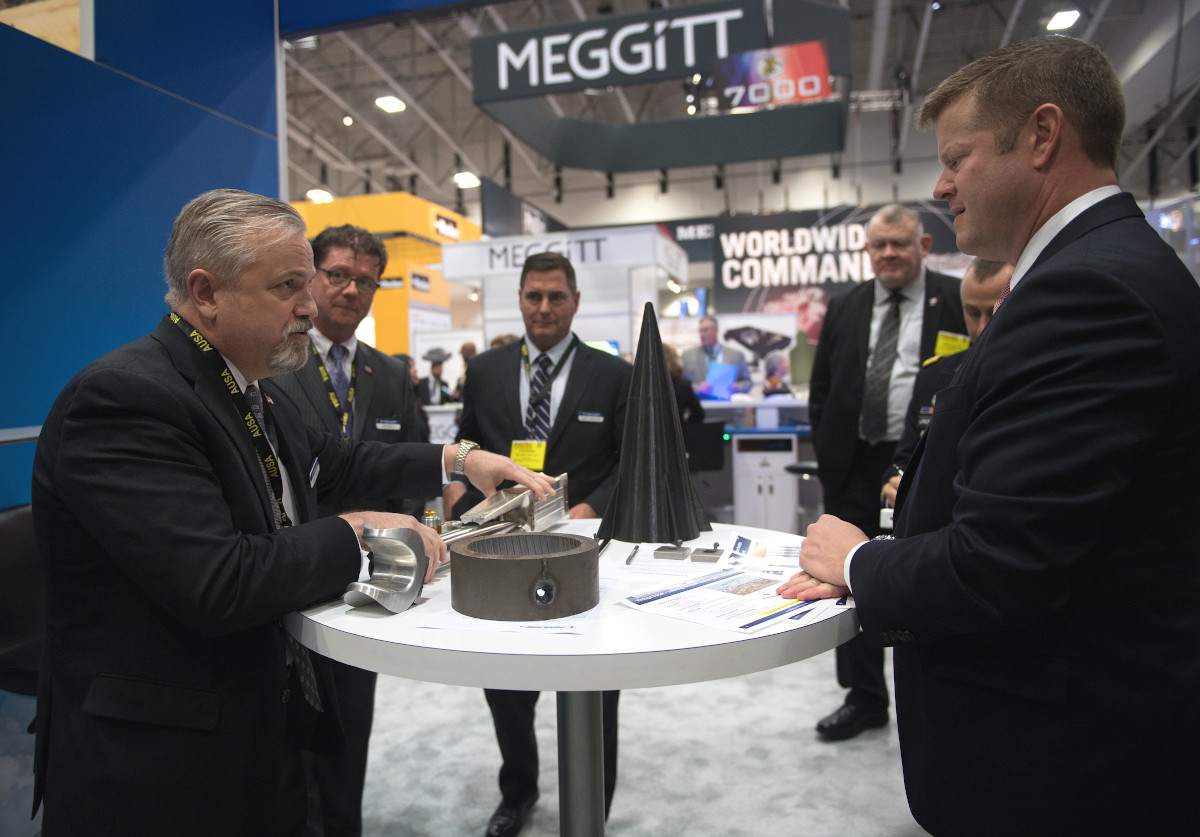

Trimble highlighted that the Vintage Racer briefing slide also has “Loitering Weapon System (LWS) Overview” in its title, as well as six large bullet points – Hypersonic Ingress, Survivable, Time Over Target, Multi-role, Modular payload, and Cost Imposition Strategy – each with a number of sub-bullet points. Aviation Week was later able to enhance the image to be able to read all of these additional highlights.
“Hypersonic Ingress” indicates the Vintage Racer loitering munition has the ability to get its target at hypersonic speeds, defined as above Mach 5. It’s not clear how the munition gets to the target area at these speeds, but a ballistic missile seems most plausible based on the information publicly available now. An air-breathing hypersonic cruise missile could be another option, but this seems less likely given the high cost and complexity associated with those types of weapons and their current developmental state. It’s also not clear from the Pentagon budget documents if the Office of the Secretary of Defense conducted a full flight test of the complete system or just the loitering munition component.
Advanced maneuvering hypersonic weapons are, by their nature, highly survivable based on their sheer speed, as well as their generally level atmospheric flight trajectories and their high degrees of maneuverability. This allows them to penetrate past dense integrated air defenses. This all makes them ideal for time-sensitive strikes, as well as engaging otherwise critical targets in denied areas, since opponents have little time to relocate or otherwise take cover or even attempt to shoot down the incoming weapon, which is a difficult prospect, in general.
Meanwhile, ballistic missiles can still travel at hypersonic speeds and can be difficult to defend against, but are less survivable in most cases than their more advanced hypersonic counterparts. The briefing slide Secretary McCarthy saw last October also indicated that the Vintage Racer munition would have a stealthy radar cross-section and an overall “low signature,” which could also refer to other features to reduce its infrared, visual, and acoustic signatures, making it even harder to detect.
In either case, adding a loitering capability to the mix, extending the munition’s “time over target” to between 60 and 90 minutes according to the briefing slide from the 2019 AUSA conference, could provide additional benefits. The launching unit would not necessarily need to know the exact location of the target before firing the weapon, which could then use its own multi-mode guidance system to seek it out and destroy it.
With a two-way satellite data-link, it is possible that an individual safely back at the launch site or in a separate command center could use a man-in-the-loop control system to actually guide it into the desired target, as well. This kind of capability, which Israel has pioneered, would offer additional accuracy, especially against moving targets, as well as offering the ability to shift focus rapidly if another, higher priority threat emerges. It can also help in avoiding collateral damage, by allowing the controller to abort the strike, even when the weapon is very close to impact, should innocent bystanders enter the area.
The video below shows the man-in-the-loop capabilities of the Israel Aerospace Industries Green Dragon, a tactical loitering munition.

These kinds of loitering munitions could be employed as area denial weapons, as well. Deploying them over certain areas, such as likely deployment sites for road-mobile ballistic or long-range cruise missiles, could frustrate an opponent’s attempt to employ those assets, as well as their efforts to distribute them to multiple locations to help protect them from detection and strikes by other means.
It would be similarly possible to seed them in critical areas in advance of incoming friendly aircraft in order to destroy enemy air defenses, especially if the exact locations of those threats are not known. They could also be used to take out pop up threats, such as road-mobile air defense systems, or other targets of opportunity.
A “multi-role” weapon design that can accept “modular payloads” also means that these loitering munitions could take on non-kinetic strike missions, such as intelligence, surveillance, and reconnaissance and electronic warfare. Depending on how the Pentagon, and now the Army, envisions employing the Vintage Racer system, it might be possible to deploy them in networked autonomous swarms, where different configured variants take on various roles. Sensor carrying versions could spot targets for ones with kinetic payloads or direct those with electronic warfare jammers to scramble enemy air defenses.
A swarm, by its very nature, might also just be able to overwhelm and confuse an opponent by striking en masse from various different directions at once. The briefing slide that Secretary McCarthy examined in October 2019 specifically noted that the Vintage Racer would hopefully be “inexpensive to deploy,” but “costly to defeat.” The goal is for each munition to cost between $100,000 and $200,000, a fraction of what the U.S. military is paying for cruise missiles, for instance.
The briefing slide also said that modular loitering munition might be able to take on non-combat “support roles,” as well, mentioning “position, navigation, and timing,” or PNT, as well as “networked communications in a contested environment. The U.S. military, as a whole, is looking increasingly at a concept called Assured PNT as potential threats to the GPS satellite-based navigation system grow.
The basic idea behind Assured PNT, which you can read about more in these past War Zone pieces, is to use various means to distribute navigation system nodes across various platforms throughout the battlespace, and networking them together. The result is an ecosystem that can provide accurate and reliable position information without having to rely on GPS. Similarly, distributed communications nodes could help overcome enemy electronic warfare attacks. Beyond the Vintage Racer system’s ability to provide a useful addition layer in these concepts, its rapidly deployable nature could make it an important means of filling connectivity gaps during critical operations.
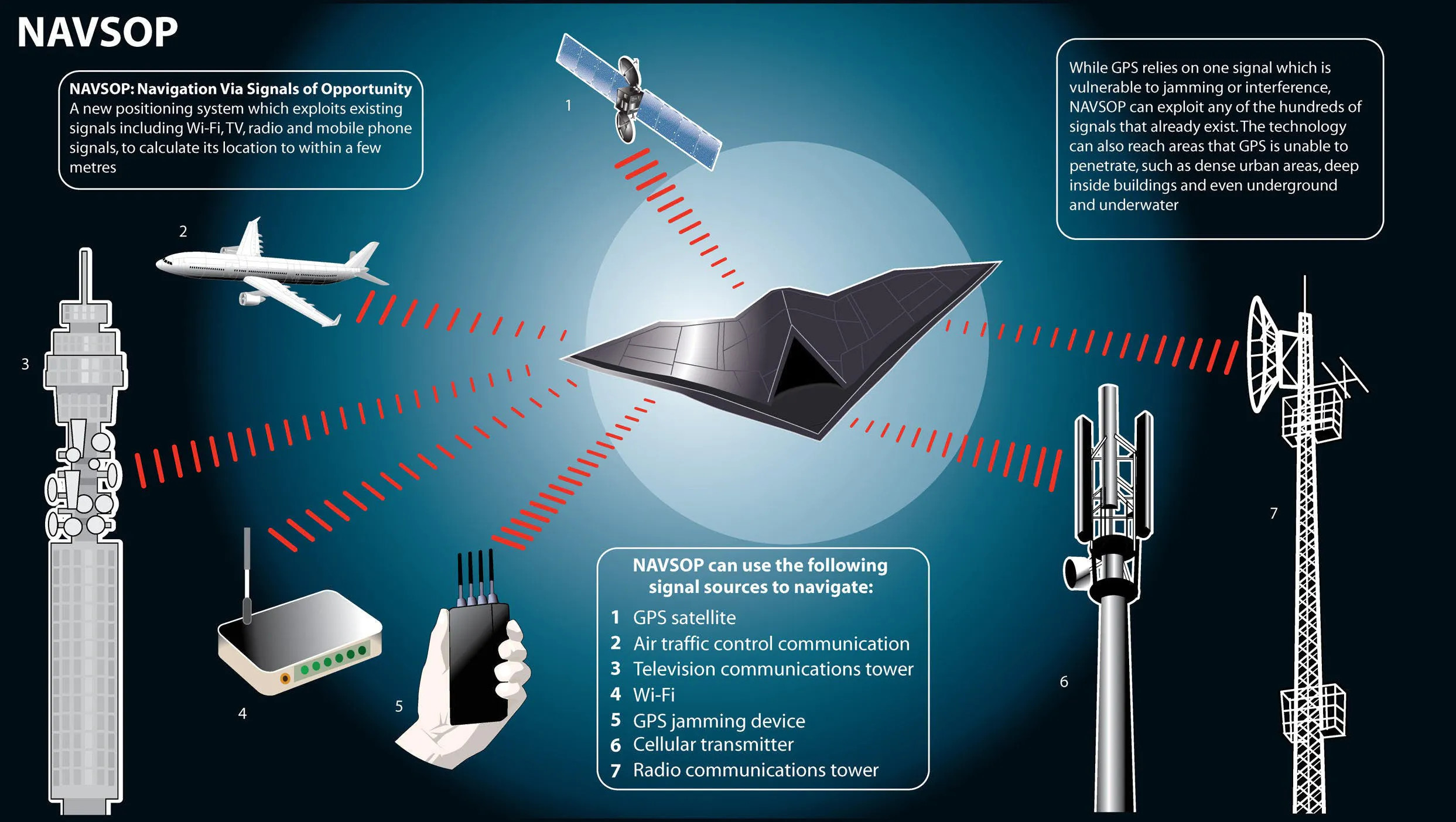
It’s worth noting that the Army actually teased the idea of using its future Precision Strike Missile (PrSM) quasi-ballistic missile as a way to deploy loitering intelligence, surveillance, and reconnaissance drones deep into enemy territory in order to provide targeting information back in 2018. Employing a mobile, ground-launched platform could further increase the system’s flexibility.
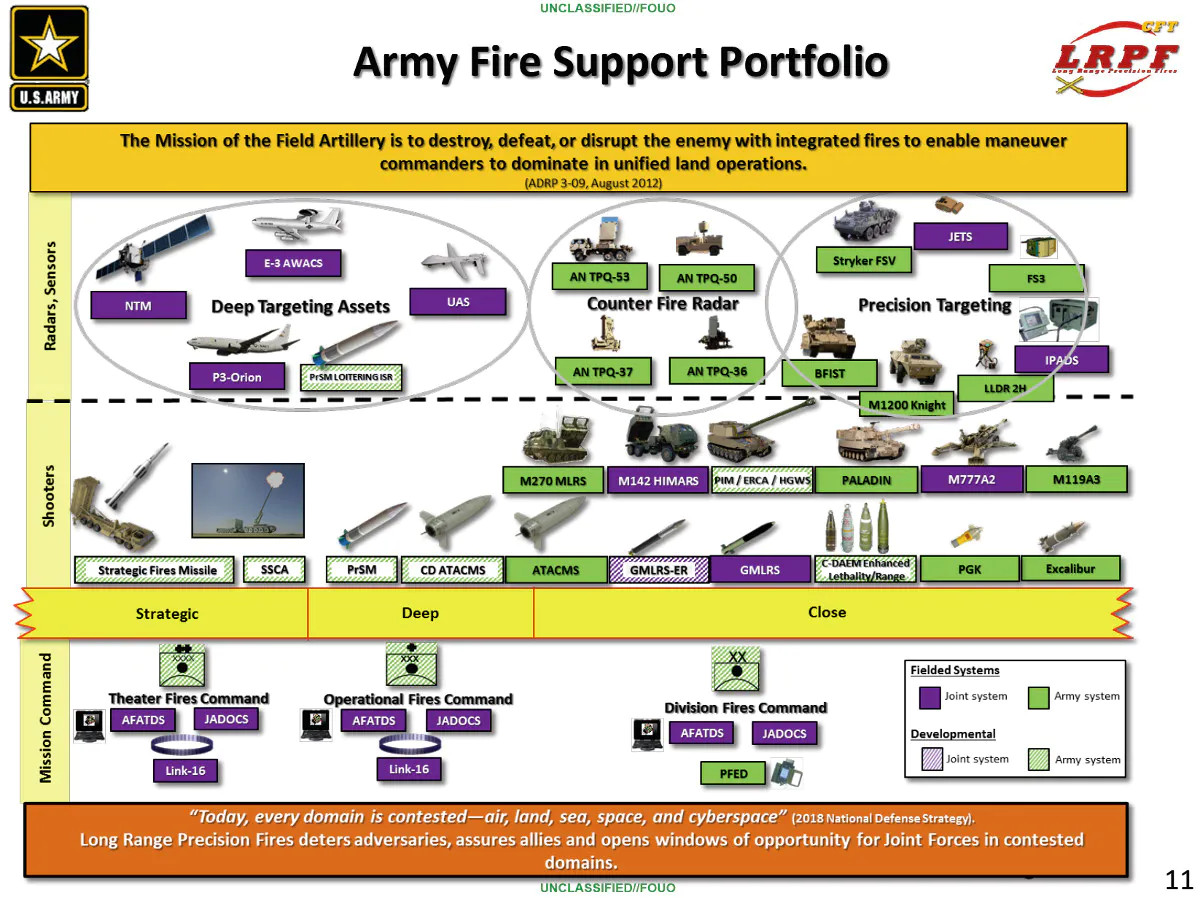
Lockheed Martin is developing PrSM ostensibly as a replacement for the service’s existing Army Tactical Missile System (ATACMS) quasi-ballistic missiles. The Army and Lockheed Martin are also now testing a multi-mode guidance system for these missiles that could enable them to engage large moving targets, such as ships. There had previously been talk about giving ATACMS a similar moving target capability.
In the 1990s and early 2000s, the Army had worked on a version of the ATACMS that would carry a payload of 13 Brilliant Anti-Tank (BAT) submunitions, which has some broad similarities to the idea of launching drones using the PrSM, as well as the Vintage Racer concept. BAT was a small unpowered glide bomb that used acoustic sensors to find its targets and imaging infrared seeker to home in on them. The Army ultimately canceled the BAT-filled ATACMS project, though the weapons themselves evolved into the GBU-44/B Viper Strike air-launched glide bomb.


Of course, Vintage Racer is hardly the U.S. military’s first foray into the idea of a long-range, stand-off conventionally-armed loitering munition for prosecuting time-sensitive and other critical strikes. In the early 2000s, the U.S. Navy’s Office of Naval Research (ONR) worked on developing a low-cost cruise missile-type weapon with loitering capability known as the Affordable Weapon System (AWS).
“The Affordable Weapon System, a loitering cruise-missile-like system that can carry a variety of payloads, transitioned to the acquisition community for development,” Navy Rear Admiral Jay Cohen, then-Chief of Naval Research, told members of Congress in March 2005. The Titan Corporation, now part of L-3 Communications, continued development of the AWS under contract to ONR until at least 2007. The company was supposed to build 85 of these missiles for test and evaluation purposes, though it’s unclear if that ever came to pass.
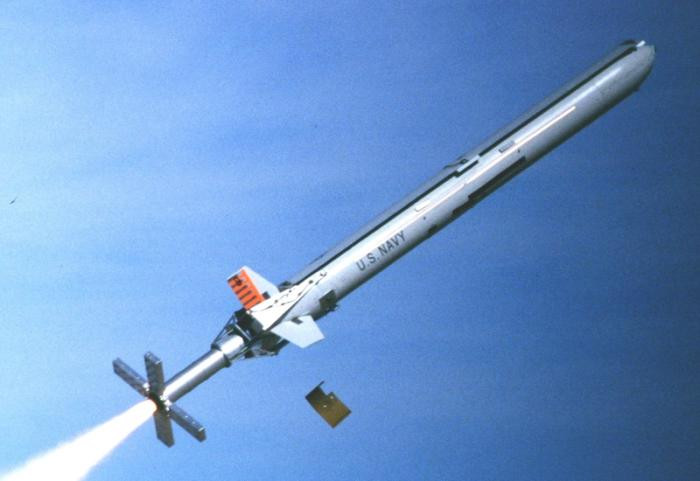
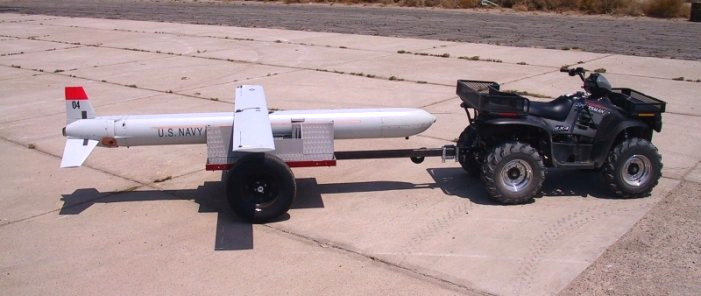
In 2014, the U.S. Air Force also published a Remotely Piloted Vehicle (RPA) Vector, covering “vision and enabling concepts” envisioned for the 2013 to 2038 timeframe. This document included mention of a notional “hypersonic near-space ‘mother ship’ RPA that deliver[s] multiple SUAS [small unmanned aerial systems] to provide a strategically significant number of lethal, EA [electronic attack], or cyberattack capabilities within minutes.”

Vintage Racer would seem to be the latest attempt to provide this kind of capability. That the Office of the Secretary of Defense initially managed the effort and paid for its through its Quick Reaction Fund, suggests that there is real hope that this project will move quickly toward becoming an operational reality.
“The Quick Reaction Fund (QRF) provided … opportunities to capitalize on relatively mature technologies. Capabilities addressed National Defense Strategy priorities and informed programs of record or new acquisition pathways to more effectively and affordably push innovation to the field.,” according to the Pentagon’s 2021 Fiscal Year budget request. “QRF focused on projects that have the potential to address conventional, disruptive, and asymmetric warfare needs. QRF initiatives typically delivered a prototype application within 12 months of being funded.”
It will be very exciting to see how quickly the Army can continue to refine and improve the Vintage Racer system as it works on moving it from an experimental to an operational capability.
Contact the author: joe@thedrive.com
